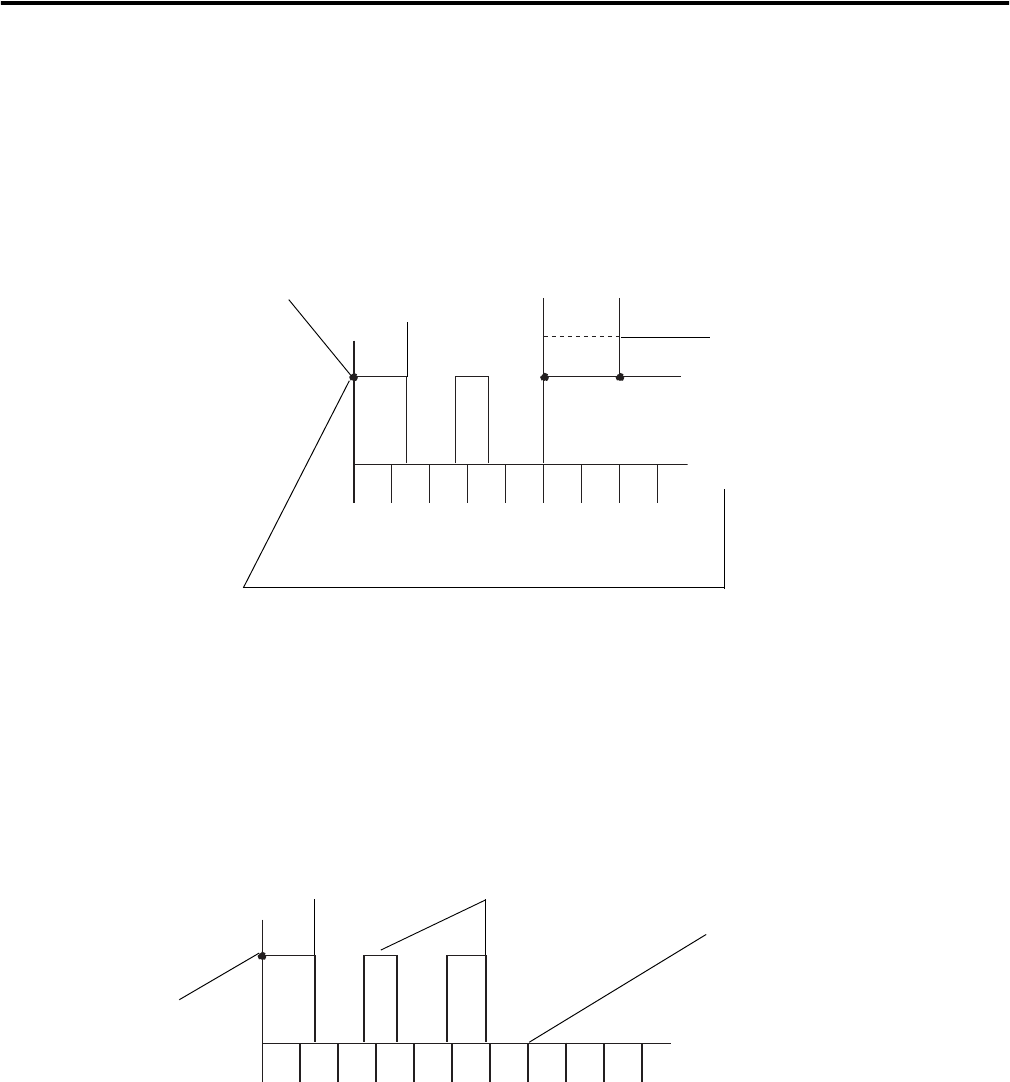supporting Sequence of Events
Table Of Contents
- 1732E-UM002A-EN-E 1732E EtherNet/IP ArmorBlock Supporting Sequence of Events User Manual
- Important User Information
- Table of Contents
- Preface
- Chapter 1 - About 1732E ArmorBlock Modules
- Chapter 2 - Module Overview
- Chapter 3 - Use the Module in an ArmorBlock System
- Chapter 4 - Install Your Module
- Chapter 5 - Configure the Module for Your EtherNet/IP Network
- Chapter 6 - Configure the Module Using RSLogix 5000
- Introduction
- Set Up the Hardware
- Create the Example Application
- Configure Your I/O Module
- Overview of the Configuration Process
- Add a New Bridge and Module to Your RSLogix 5000 Project
- Use the Default Configuration
- Change the Default Configuration
- Download Your Configuration
- Edit Your Configuration
- Access Module Data in RSLogix 5000
- Configure RSLogix 5000 and the 1756-EN2T Communication Module for CIP Sync
- Chapter Summary and What’s Next
- Chapter 7 - Module Features
- Introduction
- Determine Module Compatibility
- Module Features That Can Be Configured
- Chapter Summary and What’s Next
- Chapter 8 - Using the Module
- Chapter 9 - Interpret Status Indicators
- Chapter 10 - Troubleshoot the Module
- Appendix A - ArmorBlock 2 Port Ethernet Module Specifications
- Appendix B - Module Tags
- Appendix C - 1732E EtherNet/IP ArmorBlock Supporting Sequence of Events Data Tables
- Appendix D - Connect to Networks via Ethernet Interface
- Appendix E - 1732E ArmorBlock I/O Embedded Web Server
- Glossary
- Index
- How Are We Doing?
- Back Cover

Publication 1732E-UM002A-EN-P - March 2010
48 Module Features
• Scenario #2 – The input turns ON but turns OFF before 2 ms (length
of the input filter setting) elapses. In this case, the module continues to
scan the input every millisecond. At some point, less than 2 ms later, the
input turns ON again and remains for 1 to 2 ms, the third ON sampled
1 ms interval (in this case at 6 ms). In this case, the module considers
the transition valid and sends the data timestamped at the original
transition to the controller.
• Scenario #3 – The input turns ON but turns OFF before 2 ms (length
of the input filter setting) elapses. In this case, the module continues to
scan the input every millisecond until the 1 ms counter decrements to
zero. The input never remains ON for at least 2 consecutive ms
intervals, the third ON sampled 1 ms interval. In this case, the module
considers the transition invalid and drops the data timestamped at the
original transition.
012345678
Time in milliseconds
Input turns ON and remains ON for
1…2 ms.
The module sends the timestamp recorded
at the original transition point to the
controller.
Input turns OFF before 2 ms have elapsed.
43672
Input turns ON;
timestamp recorded
012345678
Time in milliseconds
43671
Input turns OFF before
2 ms have elapsed.
In none of these time periods is the input
ON for at least 2 consecutive ms intervals.
After 7 ms, the module drops the data
recorded at the original transition. If an RPI
occurs during this 7 ms, the module sends
the controller its current valid input data; the
data that’s sent does not include data from
the transition describes in this graphic
because the timestamp has not been
validated.
The next time the input turns ON, the
module records the transition as
timestamp #1, with the timestamp of the
new input transition.
Input turns ON;
timestamp #1 recorded










